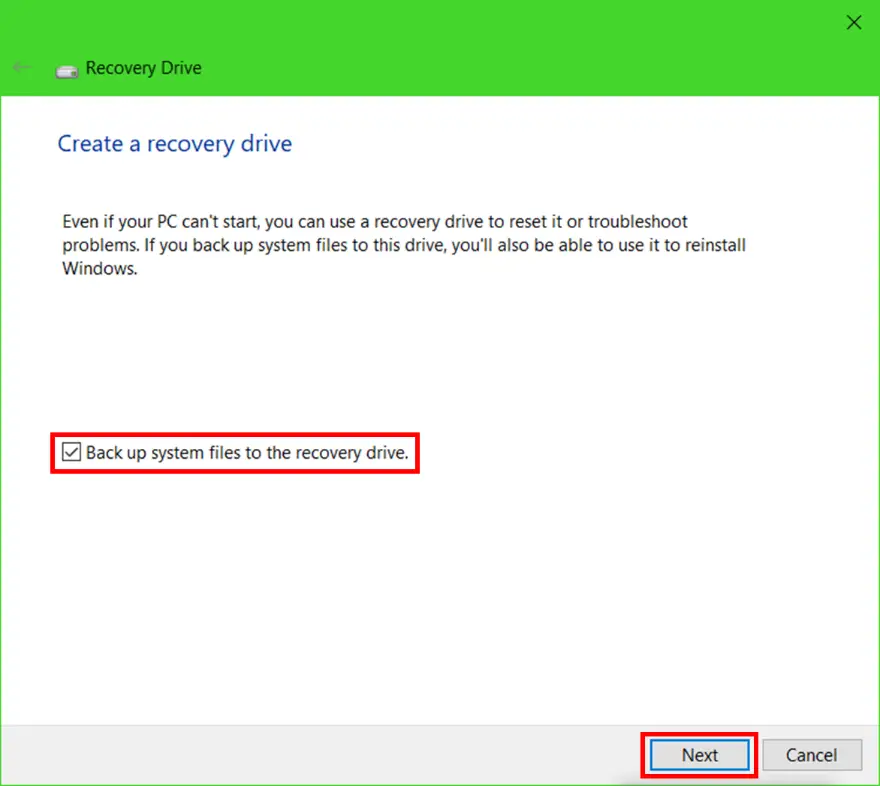A system recovery stick is used to restore the Razer Blade to its original state. It is often done to help fix persistent software issues you may encounter after installing an application or driver update.
Do note that your download and use of this system recovery image is governed by the Razer Services & Software – General Terms of Use.
Here is the video on how to create and use a system recovery stick.
Contents
Preparations
Take note of the following before performing system recovery:
- This process will remove all data, files, settings, games, and applications. We recommend backing up all your data to an external drive.
- Windows and Synapse updates, and other software installation will be required once system recovery is successful.
- If your Razer Blade was upgraded to a different OS other than the one it shipped with (Windows 8 to Windows 10 for example), the recovery partition will revert it to the original OS.
- This may take a few hours to complete and may require several system updates and restarts. Ensure that the Razer Blade is connected to a power supply.
- Check the Power Settings and ensure that the Razer Blade will not go to sleep during the process.
- Go to “Settings” > “System”

- Under “Power & Sleep”, ensure that “Sleep” is set to “Never”

System recovery stick creation
- To create a system recovery stick, download the system recovery files from the link provided by Razer Support. The file may take some time to download depending on your internet connection. If the file download is interrupted, simply click on “Resume” to continue downloading.However, if system recovery files from Razer Support are not available, utilizing the Windows Recovery Drive app is the viable option. Skip to step 4.
- Insert a USB drive with at least 32 GB capacity directly into your computer. We recommend using a USB 3.0 drive since it can significantly shorten the duration of the recovery process. Do not use a switch or USB hub.
- If the USB drive is not detected, try inserting it to a different USB port.
- If the USB drive is still not detected, then it may be damaged or incompatible, try using another USB storage device.
- Format the USB drive to NTFS (New Technology File System).
- Right-click on the USB drive and select “Format”

b. Select “NTFS” as the file system then click “Start”

c. Locate the downloaded system recovery image zip file and extract it to the prepared USB drive.
4. To create a recovery drive using the Recovery Drive app:
- Go to “Settings”, search for “Create a recovery drive”

b. Ensure that “Backup system files to the recovery drive” is selected then click “Next”.

c. Follow the on-screen instructions and plug in the USB drive to proceed. This may take a while to complete.
System recovery process
- Shutdown the Razer Blade then unplug all devices except for the power adapter.
- Connect the recovery stick directly to the Razer Blade. Do not use a USB hub as this may cause the recovery process to fail.If the recovery stick is not detected or not working, try the following:
- Transfer the USB drive to a different USB port. Ensure that it is properly inserted.
- If the recovery stick is still not working, try creating another recovery stick using a different USB drive.
- Power on the Razer Blade and repeatedly press “F12” to go to the boot menu.
- Select “UEFI: USB DISK 3.0 PMAP, Partition 1” then follow the on-screen instructions until the process is completed.




